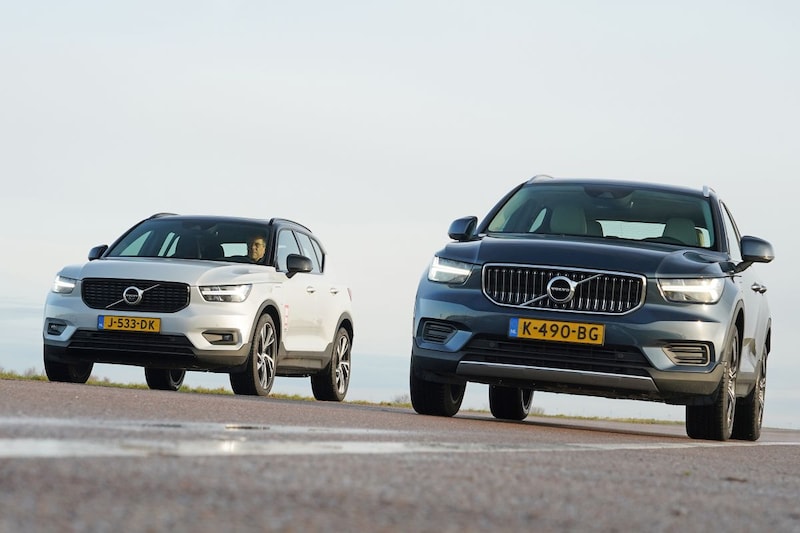No longer available for a reason?

The Volvo XC40 is quite popular and variants with a plug also regularly appear on the streets. Nowadays it is the fully electric XC40 Recharge, but until this year there was also a plug-in hybrid. Does such a drivetrain make a difference in terms of consumption or has it been rightly removed from the range? The AutoWeek Consumption Monitor provides an answer.
The recipe for this Volvo XC40 T5 plug-in hybrid is as follows. A 1.5-liter three-cylinder with 180 hp works together with an 82 hp electric motor. It produces a system power of 262 hp, which makes this Volvo certainly not a wretched one. The sprint from 0 to 100 km/h must be completed in 7.3 seconds. If you are in a frugal mood, the 10.7 kWh battery pack promises you up to 45 electric kilometers. Enough to significantly reduce fuel consumption?
Consumption XC40 plug-in hybrid
In the AutoWeek Consumption Monitor, the T5 Plug-in Hybrid is in charge, and anyone who thinks 211 hp is sufficient could opt for the T4. The drivetrain is the same, but the petrol engine produces ‘only’ 130 hp. In practice, you will be able to score roughly the same fuel consumption with both cars.
The average consumption that ‘our’ drivers achieve from a Volvo XC40 Recharge T5 Plug-in Hybrid is 1 in 22.3 (4.49 l/100 km). This value is based on eight users. So it gives a nice indication, but the figures are not rock solid. Anyway, that actually applies to every consumption average of a plug-in hybrid, whose consumption is strongly influenced by the charging behavior of the user.
The XC40 also has a large bandwidth between the most economical and most inefficient car. The most economical XC40 driver scored 1 in 45.6 (2.19 l/100 km). Power consumption was also recorded: 22.09 kWh/100 km. We think it’s a shame that this driver only kept track of consumption for a short time, because the values are promising.
The difference with the second most economical driver is enormous. Second place goes to a driver who achieves an average of 1 in 25.5 (3.93 l/100 km). A driver who has been driving an average of 1 in 24.7 (4.04 l/100 km) for almost 20,000 kilometers proves that this does not have to be an unrealistic value. The highest consumption is for a driver who drives just over 20,000 kilometers annually: an average of 1 in 17.4 (5.75 l/100 km). The XC40 Plug-in Hybrid may no longer be available, but these users show that the car was capable of reasonable gas mileage.
– Thanks for information from Autoweek.nl